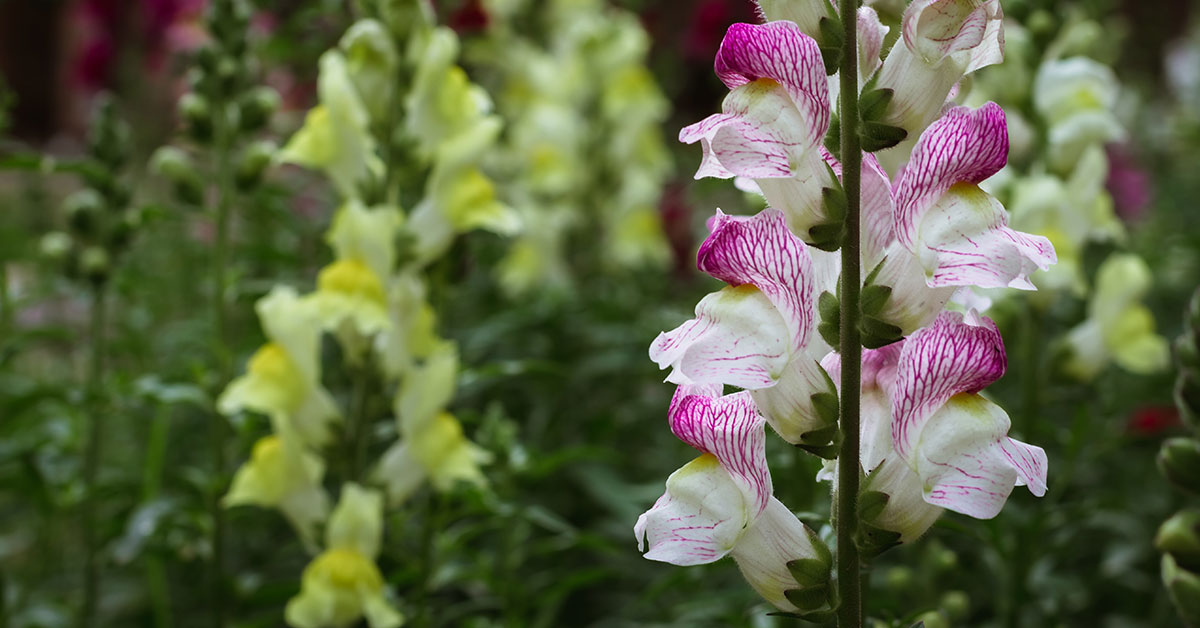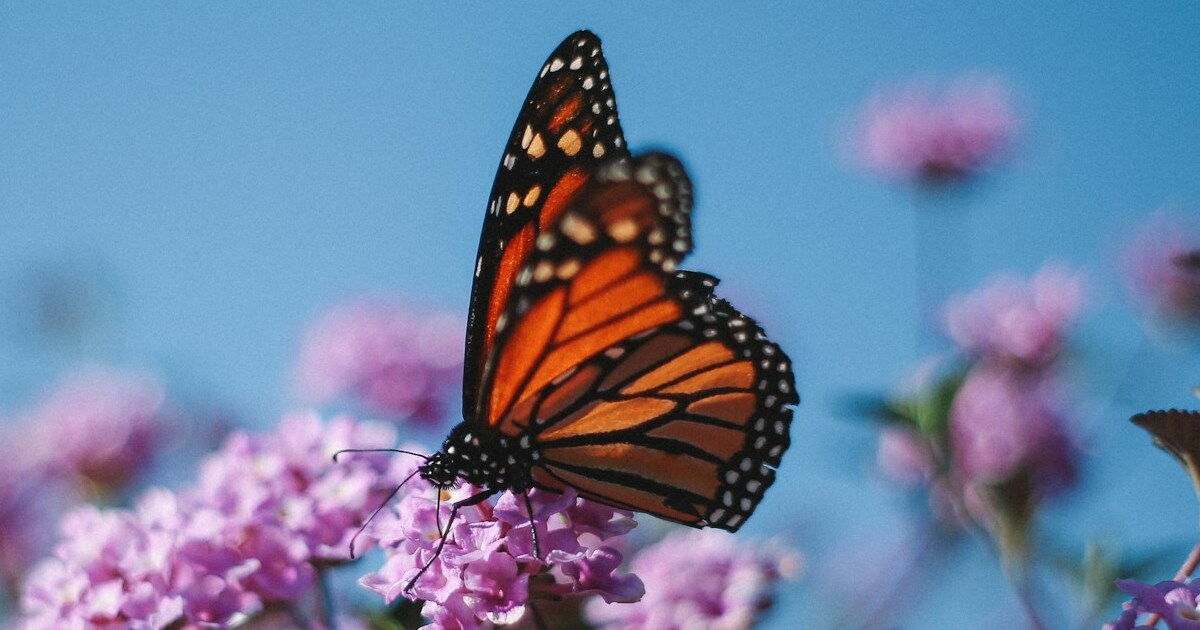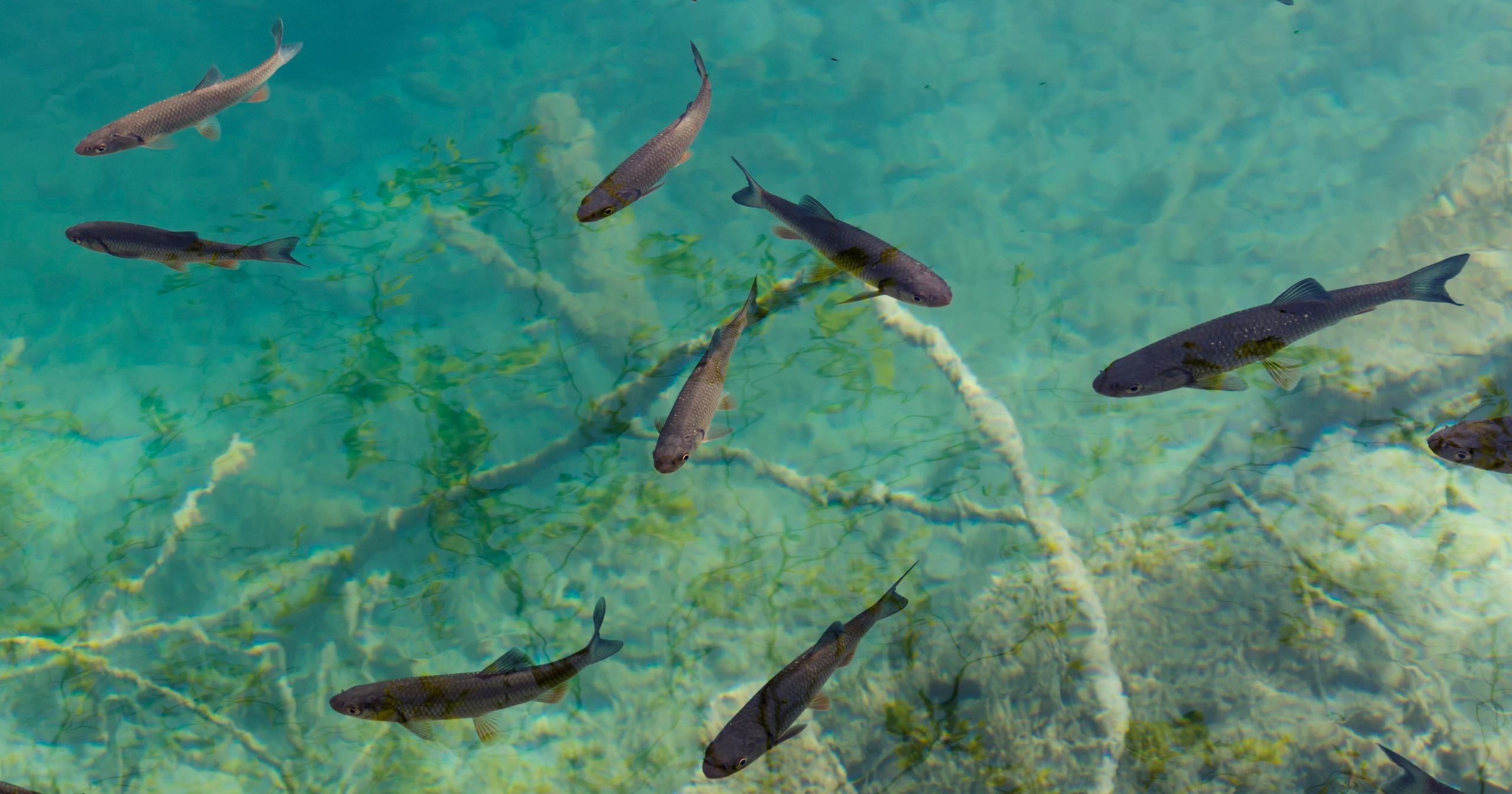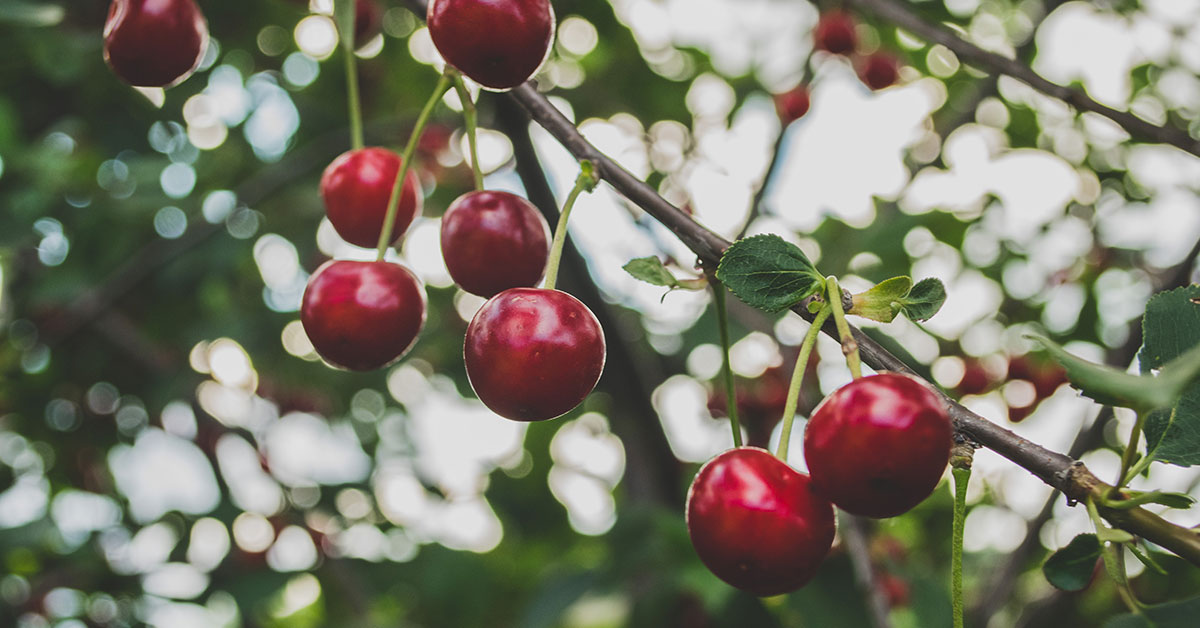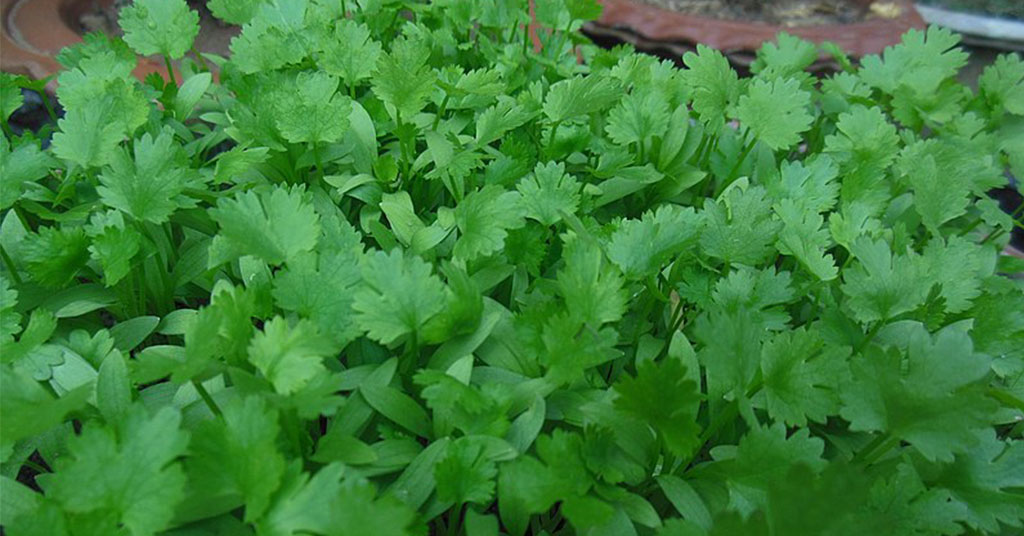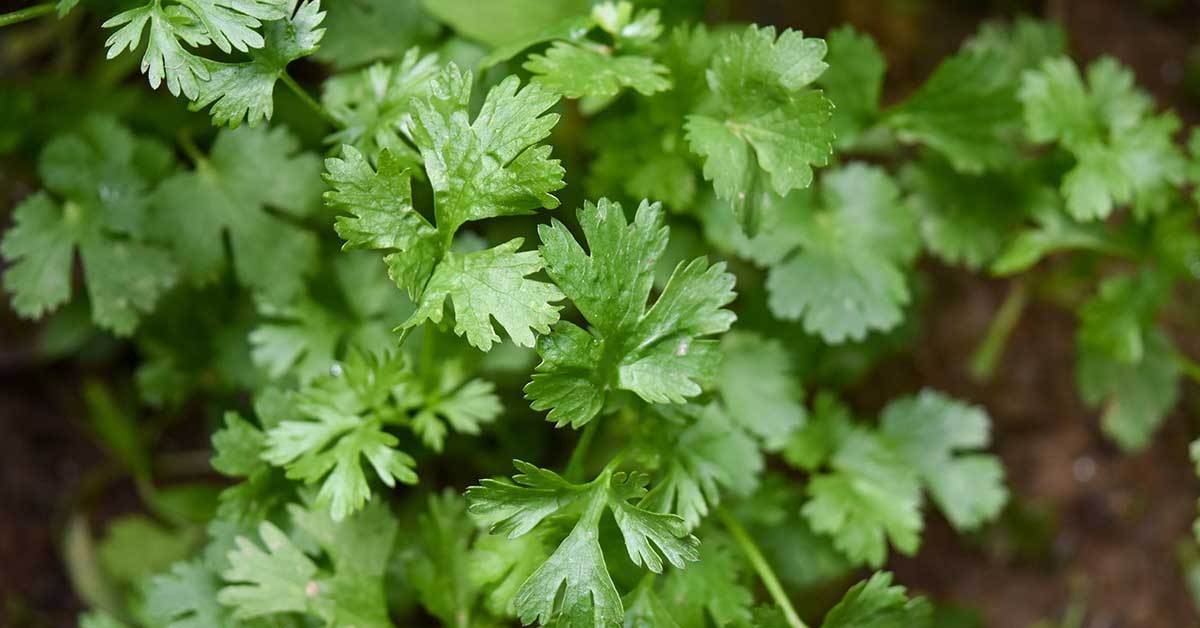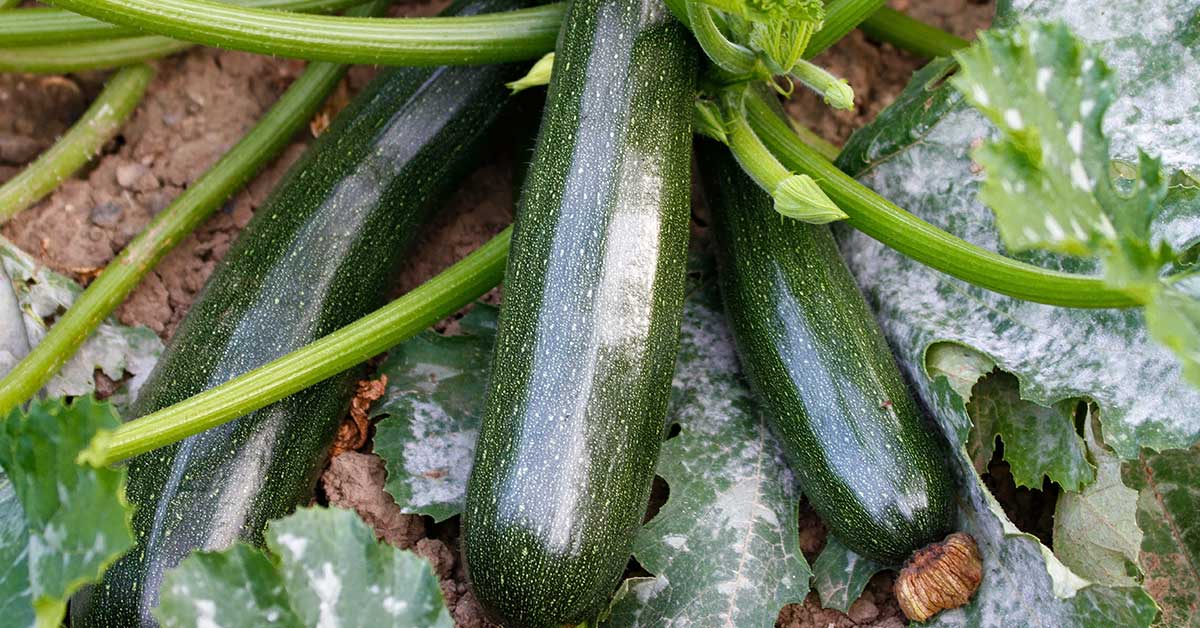Are you an aspiring cabbage grower in the beautiful state of Oregon? Well, look no further! Planting cabbage in Oregon requires a deep understanding of the state’s climate zones and final frost dates.
Cabbage, a cool-season crop, thrives in the mild climate of Oregon, making it an ideal addition to your garden. However, timing is crucial when it comes to planting cabbage, as it requires specific conditions for optimal growth.
Whether you are a seasoned gardener or a beginner, this article will provide you with the necessary knowledge and insights to ensure that your cabbage plants flourish in the Oregonian soil. So, grab your gardening gloves and let’s dive right into the world of cabbage cultivation in Oregon!
Best varieties of cabbage to grow in Oregon
In Oregon, there are several varieties of cabbage that grow well in the region’s climate. Here are a few popular choices:
- ‘Early Jersey Wakefield’: This heirloom variety is known for its conical shape and early maturity. It produces small to medium-sized heads that are flavorful and tender.
- ‘Golden Acre’: This variety produces compact, round heads that are harvested when they reach 4-6 inches in diameter. It has a sweet flavor and is a great choice for small gardens.
- ‘Red Express’: If you’re looking for a colorful cabbage, ‘Red Express’ is a good option. It produces small to medium-sized heads with deep purple-red leaves. It has a mild flavor and is great for adding color to salads and coleslaw.
- ‘Copenhagen Market’: This variety is known for its dense, round heads that have a mild flavor. It is a reliable choice for home gardeners and can be harvested when the heads reach 6-8 inches in diameter.
- ‘January King’: This unique variety produces medium to large-sized heads with crinkled leaves that have a blue-green color. It is a late-maturing cabbage that is known for its excellent flavor and tolerance to colder temperatures.
When selecting cabbage varieties, consider factors such as your garden space, taste preferences, and desired maturity dates. Additionally, be sure to provide adequate soil preparation, regular watering, and protection from pests to ensure a successful cabbage harvest in Oregon.
When to plant Cabbage in Oregon
Oregon is a diverse state with a wide range of climate zones, making it important for gardeners to understand the hardiness zones in order to determine the best time to plant specific crops. The United States Department of Agriculture (USDA) has divided Oregon into several hardiness zones based on average minimum winter temperatures.
In general, Oregon’s hardiness zones range from Zone 4b to Zone 9b. The coastal areas of Oregon, including cities like Astoria and Newport, fall within the milder zones of 8a and 8b. Moving inland, the Willamette Valley, home to cities like Portland and Eugene, falls within the zones 7b to 8b. The eastern parts of Oregon, including areas around Bend and Ontario, experience colder temperatures and fall within zones 4b to 7a.
When it comes to planting cabbage in Oregon, the best time varies depending on the specific region and the type of cabbage being grown. Cabbage is a cool-season vegetable and grows best in cooler temperatures. It prefers to be planted in spring or fall when the weather is mild.
In the coastal areas of Oregon (zones 8a and 8b), the best time to plant cabbage is typically in early spring, around March or April. The coastal climate tends to be milder, providing ideal conditions for cabbage to grow. However, coastal areas can also experience cool summers, making it possible to grow cabbage in the fall as well, typically from August to September.
In the Willamette Valley (zones 7b to 8b), which has a slightly cooler climate compared to the coast, it is best to plant cabbage in early spring, starting around March. Fall planting is also an option, with late summer being the best time to sow cabbage seeds or transplant seedlings.
For the eastern parts of Oregon (zones 4b to 7a), where the winters are colder, it is important to wait until the danger of frost has passed before planting cabbage. This usually occurs in late spring, around May or June. Fall planting is less common in these regions due to the shorter growing season and the potential for early frost.
It’s worth noting that these are general guidelines, and local conditions, microclimates, and specific cabbage varieties can affect the planting times. It is always recommended to consult local gardening resources, extension offices, or experienced gardeners in your area for the most accurate and specific advice regarding planting cabbage in Oregon.
When to harvest Cabbage in Oregon
The optimal time to harvest cabbage in Oregon is typically in the late summer or early fall. Cabbage is a cool-season crop, and it is important to wait until the heads have fully formed and are firm before harvesting. This usually takes around 70-90 days from the time of transplanting seedlings or 90-120 days from direct seeding. Keep an eye on the size and appearance of the cabbage heads to determine readiness for harvest. Additionally, you can gently squeeze the heads to check for firmness. Harvesting cabbage before it matures fully can result in smaller heads with a less desirable taste and texture.
Other considerations
When growing cabbage in Oregon, there are a few other considerations to keep in mind:
- Climate: Cabbage grows best in cool weather, preferring temperatures between 55-75°F (13-24°C). Oregon’s climate is generally suitable for cabbage, but you should be aware of the specific climate conditions in your area. Some parts of Oregon can have hot summers, so you may need to provide shade or extra watering during extreme heat.
- Soil: Cabbage prefers well-draining soil with a pH level between 6.0 and 6.8. Before planting, amend your soil with organic matter such as compost or well-rotted manure to improve its structure and fertility. Conducting a soil test can help determine if any additional amendments are needed.
- Watering: Cabbage requires consistent moisture, especially during the early stages of growth. Ensure your plants receive about 1-1.5 inches of water per week, either through rainfall or supplemental irrigation. Avoid overwatering, as it can lead to diseases like clubroot or root rot.
- Pest and disease management: Cabbage can be susceptible to pests like aphids, cabbage loopers, and cabbage worms. Regularly inspect your plants for signs of infestation and take appropriate measures such as handpicking insects or using organic insecticides if necessary. Diseases like black rot, clubroot, and powdery mildew can also affect cabbage. Rotate your crops, practice good sanitation, and choose disease-resistant varieties to minimize the risk.
- Planting time: In Oregon, you can start cabbage seeds indoors in early spring, around 6-8 weeks before the last expected frost date. Transplant the seedlings outdoors when the soil has warmed up and there is no risk of frost. Alternatively, you can sow seeds directly in the garden in early spring or late summer for a fall harvest.
- Spacing and companion planting: Cabbage plants require adequate spacing to ensure good air circulation and prevent the spread of diseases. Space your plants about 12-18 inches apart in rows that are 24-36 inches apart. Consider companion planting with herbs like dill, chamomile, or thyme, as they can help repel pests and improve the overall health of your cabbage plants.
Remember to monitor your cabbage plants regularly for any signs of stress, pests, or diseases. With proper care and attention, you can enjoy a successful cabbage harvest in Oregon.








